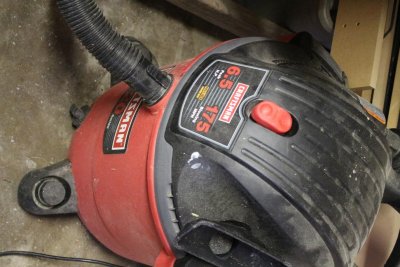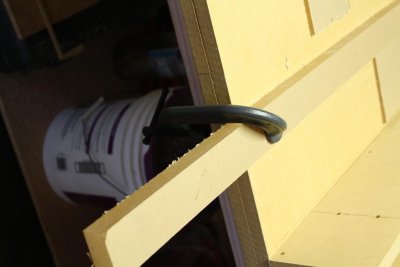Horizontal slots. They are 3/4" wide and 6 inches long (5.5 inches if you don't count the edges where the router makes the fillets) and there are 6 of them. The internal boxes overall length is almost 42." I calculated from a spreadsheet I got from Turbo R Floyd that at 3300 gph I will only be 2/3 of the way up the slot. So at 1200-1400 GPH I should never have any problems as long as I clean it atleast once every six months or so. lol
I think it will operate closer to a smooth weir, and since it is almost the same length of the tank it should surface skim pretty good. Or atleast I hope it will!
I think it will operate closer to a smooth weir, and since it is almost the same length of the tank it should surface skim pretty good. Or atleast I hope it will!
Last edited:



















